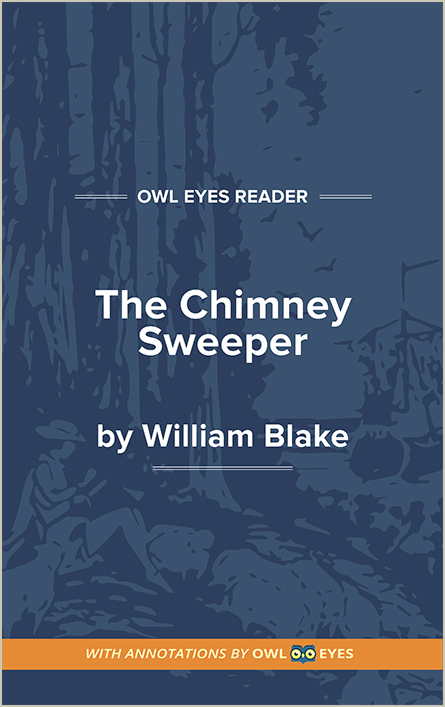Analysis Pages
Literary Devices in The Chimney Sweeper
Metonymy: Metonymy is a figure of speech that describes an object or person by comparing it to something else to which it is closely related. In the poem, Blake uses metonymy to signify Tom Dacre’s innocence. Blake describes Tom’s hair, comparing it to a lamb, and describing how Tom’s innocence is lost when his hair is shaved.
Motif: Blake uses the classic literary motif of black and white to convey the chimney sweepers’ innocence and experience. This motif is most notably seen in Tom’s white hair and the black soot of the chimneys. Before being a chimney sweeper, Tom’s hair was full and white, representing his innocence—and, by extension, that of the other chimney sweepers. The chimneys’ soot and ash turn the hair black, representing the corruption and loss of innocence at the hands of child labor.
Literary Devices Examples in The Chimney Sweeper:
The Chimney Sweeper
🔒"There's little Tom Dacre, who cried when his head, That curled like a lamb's back, was shaved; so I said,' Hush, Tom!..." See in text (The Chimney Sweeper)

